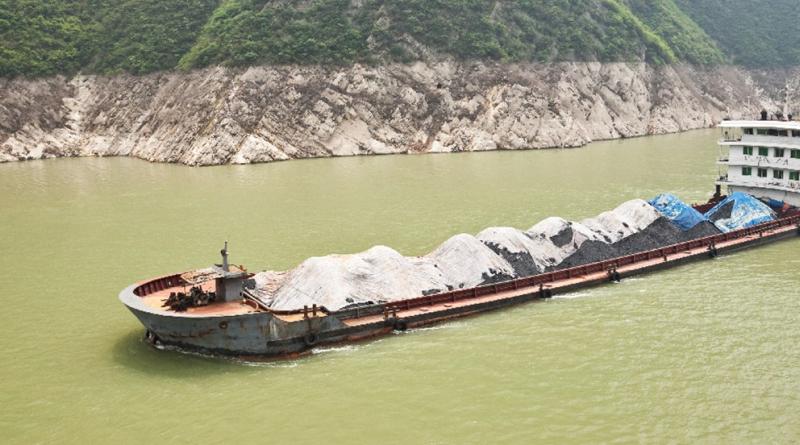Coal clinging on in South and East Asia

Global demand for coal to power continues to be king, but the upside may be limited
Global coal consumption may have peaked in 2013 at a shade under 3.9bn t oe but its legacy infrastructure may give it an in-built resilience to ensure that any decline is both shallow and long.
For all the fanfare about coal's demise, figures from the recently released BP Statistical Review show that 2018 demand sat merely 2.4pc below peak, and coal last year was a competitive grower in both global power generation and on the broader measure of global energy.
Details were revealing. World demand for electricity soared by 3.65pc in 2018, to an all-time record high of 938.2TWh. Despite combined wind and solar providing 273TWh of that growth, 'king coal' was still the winner, providing 294TWh. Natural gas grew by 230TWh, while hydro and nuclear chimed in with 128TWh and 62TWh respectively.
"Coal is the kind of energy source that takes up the slack," says Dave Jones, European power and coal analyst at London climate change think tank Sandbag, although its ability to do so in Europe, and especially the US, will be eroded by increasingly rapid coal plant retirements.
Chinese swing
The resilience of demand for thermal coal for power generation is, to a large extent, not driven by the building of new capacity. It is rather the spare capacity of an already overbuilt coal fleet in China that is available to support demand. Tellingly, China accounted for over 97pc of last year's increase in coal demand for power.
"Since 2012 in Europe, it's been a one-to-one relationship, with coal-fired output falling by roughly the same amount as renewables have risen. But that is possible in part because European electricity demand is not growing," says Jones. BP data shows that, in 2018, EU power demand fell by 8.2TWh. In China, total electricity demand grew by 507TWh, 54pc of the global total electricity growth.
While it is impressive that combined wind and solar are growing so fast, Jones suggests the "denominator problem," where electricity demand grows faster than any one source can cover, may be more forceful in years ahead if an electrification 'super-trend' takes hold. "There is a whole structural increase of electricity demand in India and China that has not happened yet. So, that denominator story is more about just EV. As economies grow, people will use electricity," says Jones.
BP also noted last year's spike was partly driven by increased heating and cooling demand, giving rise to the spectre of future feedback loops, where instability in climate drives extra demand for power.
Bleak outlook for growth
If there is little prospect for coal use to decline much in the short-to-medium-term, a new phase of growth also looks unlikely. Coal financing is drying up quickly. And India, one of coal's last growth centres, continues to cancel coal plant openings.
"The fight is coming to an end game," says Tim Buckley, director of energy finance studies at environmental economics think tank Ieefa in Sydney. "India began this decade with over 600GW of planned capacity, and 85pc of those proposals have either been shelved or cancelled. The banking sector collectively in India has $100bn of impaired exposure to the coal sector. So, they have got no new capacity to lend for coal fired projects."
Buckley's preferred measure to track the coal plant pipeline is to compare closures to final investment decisions, or FIDs, on any new plant completions. Because FIDs are declining, and because closures are rising, he calculates that, around 2021, closures will fully outpace openings. "Closures accelerated the last 4 years by 50pc compared to the previous 4 years," says Buckley, adding that "there are now 113 institutions that will no longer provide financing to coal".
In Buckley's view, coal's fortunes are most closely tied to capital availability. The financing sector can see significant risk, he says, that any new coal plant, proposed to open four years from now, begins its life-cycle in a fundamentally uneconomic position, unable to compete with ultra-cheap wind and solar, or in regions with carbon pricing, natural gas. In short, why bother?
July 2019
PETROLEUM ECONOMIST



